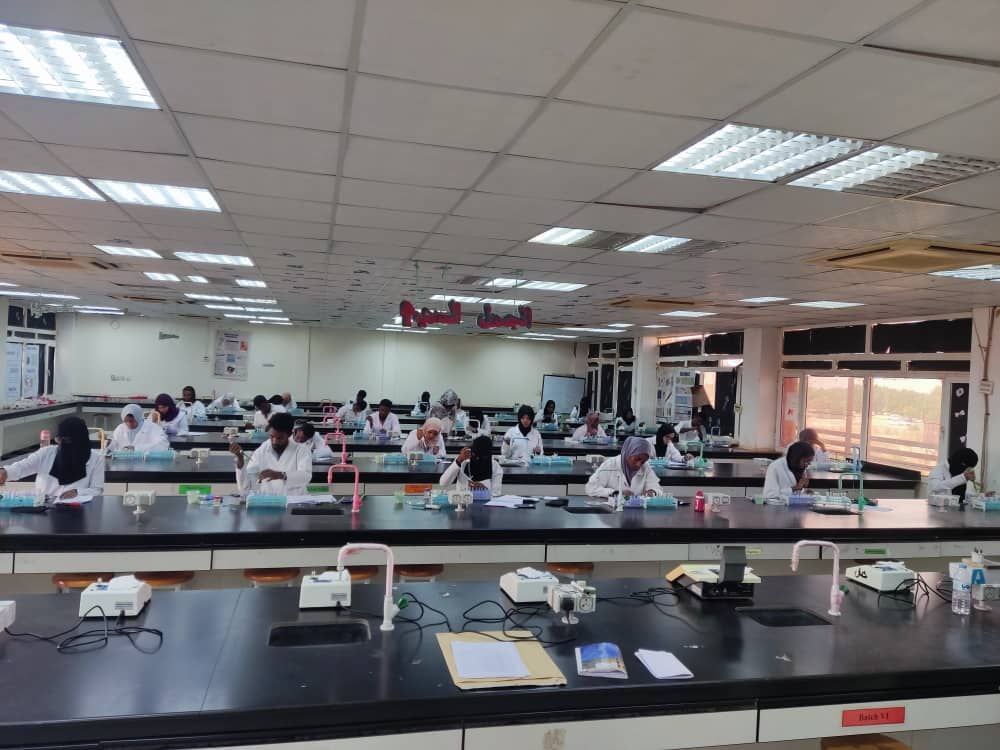
- Teacher: Rayan Osman Elsheikhidris Ramli
- Teacher: Rawaa Ezzeldien Khalifa Alsadig
- Teacher: Ikram Hamza Mohammed Babiker
- Teacher: Adel Nassr Mursi Mohammed
- Teacher: Lamia Omer Osman Ali
- Teacher: Noha Osama Abdellateef Mohamed
- Teacher: Tyseer Alabid Elsiddig Hag Alamin
- Teacher: Moshtaha Ali Ibrahim Elsammani
- Teacher: Salma Omer Khalafalla Omer
- Teacher: Ahmed Abdelhafeez Nimir Hassan
- Teacher: Osman Abdelkarim Sadig Abdelkarim
- Teacher: Aisha adam
- Teacher: Madina Mohammed Bashir Hsmmad
- Teacher: Samah AbdElrahim Batran Ali
- Teacher: Prof. Hussain Gadelkarim Ahmed
- Teacher: Fatima Gissmallah Abdallah Mohamed
- Teacher: Samira Munir Bolis Agarof
- Teacher: Sajida Emadeldin Hasbelrasoul Alata
- Teacher: Remah Salim Mohamed Abdallah
- Teacher: Eithar Hassan Osman Ali
- Teacher: Eman Mustafa Ahmed eltayeb Hayatti
- Teacher: Arwa Elaagip
- Teacher: Alaa Mohamed Eldirdiri Abueldahab
- Teacher: Amel Farwa
- Teacher: Awad alla Hamza Osman Kashif